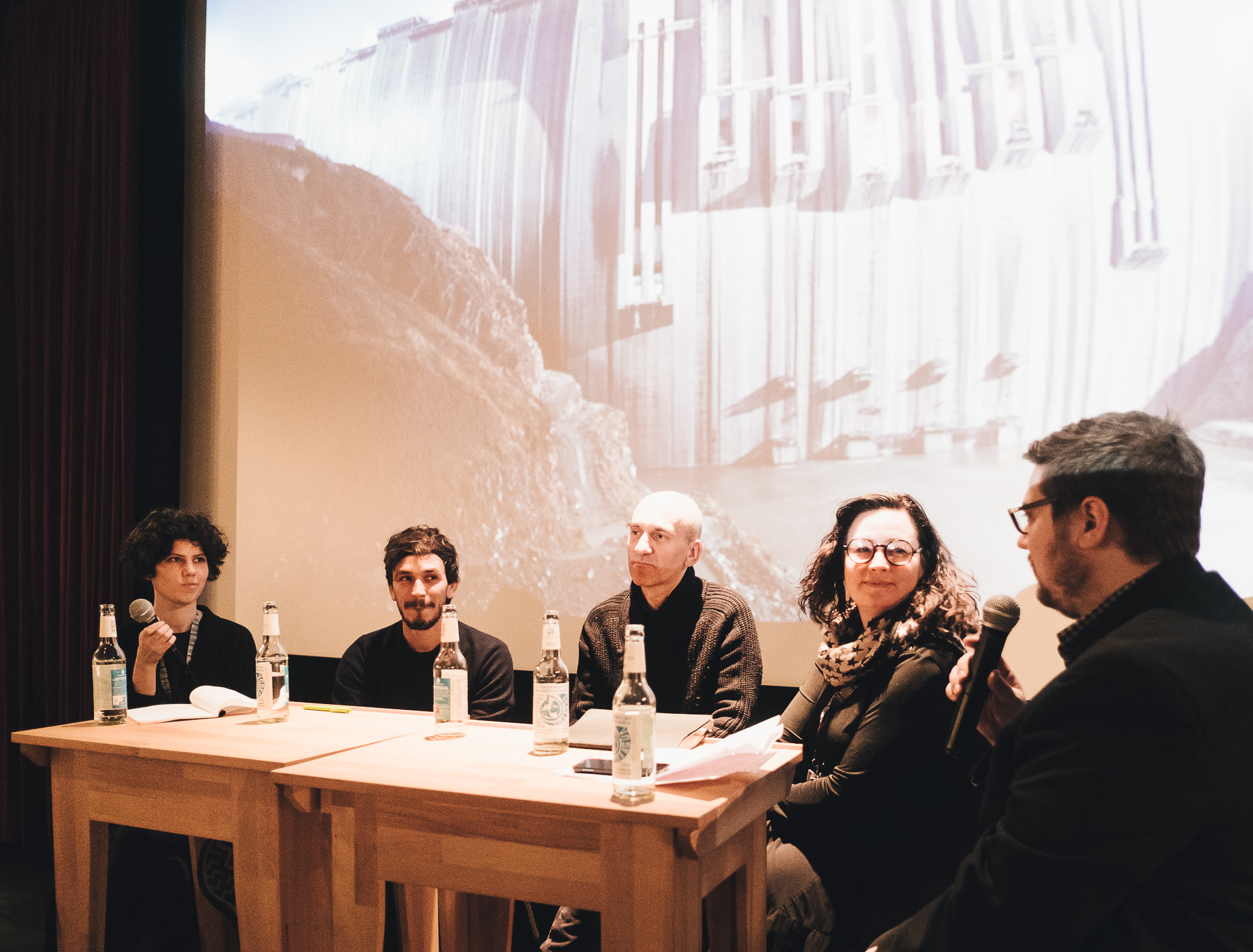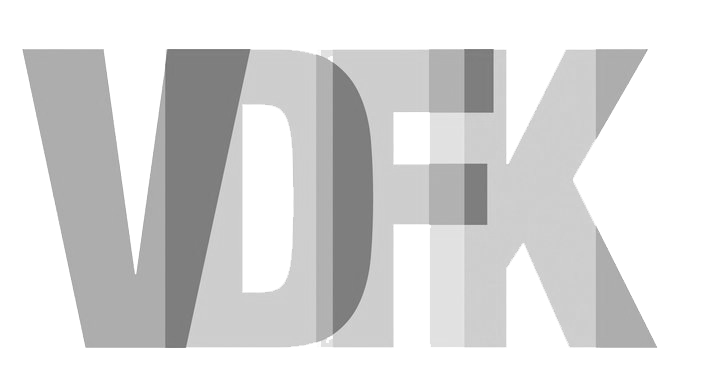Blog #1/17 – Senses and non-sense
by Pamela Biénzobas
In the future, silence will be the noise of a food court full of people. We will be so used to the clamour that we won’t even perceive it anymore, and it will be the closest thing we will have to silence. This (auditory) image, as well as that of a “prehistoric scream,” come up in a conversation during one of the rare moments in which people are still in El auge del humano/The Human Surge, (Cineasti del presente Pardo d’oro and special mention for First Feature in Locarno 2016), selected to open the Woche der Kritik 2017.
It is precisely that possible, undetermined future-tense that was chosen for the inaugural evening’s concept: “Future/Futur.” The film moves, yes. Everything about it and in it seems to be in movement through space and through time. The conjunction of these two dimensions inspired much of the debate that followed the screening, with Williams joined by Dutch critic Dana Linssen, photographer Armin Linke and Woche der Kritik’s programmer Vivien Buchhorn and artistic director Frédéric Jaeger.

The openness of this film that is as seductive as it is unseizable; that resists description and explanation, but instead of pushing the viewers away by feeling too hermetic, invites them to just let go, is clearly reflected in the multiplicity of concepts and images that it triggers. Just as the difficulty to speak directly about the work stimulated indirect evocations, so were space and time key concepts to connect the permanent but apparently aimless movement (evolution?) with the suggested approach of a temporal setting in a future –– whether in historical terms or in the discourse (in the German grammatical notion of “Futur”).
El auge del humano can be regarded as a “space-time continuum,” as Linssen proposed. Bodies and sounds, the camera and our ears, circulate freely through public and private spaces, cities, houses, forests, or even computer screens, and seem to find some rest in underground shelters, natural or man-built. Huge distances are skipped in an instant, when either nature or technology can act as portals, as was mentioned in the discussion.
Two other concepts that were often referred to in contrast or convergence were organic and technical/technological. In the undetermined yet rather contemporary time setting of the film, technology is omnipresent, though usually through frustration: for different reasons, it almost never works. As the characters look for a functioning mobile phone, an Internet café, a functioning computer, technology is the permanent promise of a means to communicate with others (in another way of defying the physical reality of time and space, that we are now totally used to and see as natural), but it is shown just as vulnerable to natural aggressions or limitations as an organic body, for instance — in the fragility of a wet telephone.
Williams disregarded any interpretation of either optimism or pessimism, or judgement of any kind as regards technology in El auge del humano, proposing instead a look into how it affects us and our way of relating to others. A parallel was established with the work of Armin Linke (whose exhibit “The Appearance of That Which Cannot be Seen” will open in Aachen’s Ludwig Forum in late March), although unfortunately only one of his images was presented in the debate. Through his photography, he explained, he likes to question how we relate to a place. That is why he travels, to search for new points of view and pose his gaze on spaces he is not familiar with. Williams, too, travelled and put himself in a similar position. El auge del humano takes place in his native Argentina, but also in Mozambique and the Philippines, which he did not know, and where he went for short periods of a few weeks to research, select his cast, write and shoot. In other words, forcing himself to not only shift his point of view, but also to share it. To see and to film. To feel and to create.
Perhaps it is this shared “Unheimliche”, this strangeness that is not uncanny but smooth and welcoming, that allows the irrational connection of the viewer to a film that seems just as irrational; or that somehow seems to suggest that there is some deep rational sense that we are completely missing, but eventually, who cares? Even if it exists, it is completely unnecessary, when it’s all about abandoning oneself to an experience that is undoubtedly stimulating intellectually, but only because it is utterly sensorial; an experience of cinema in the present-tense.
